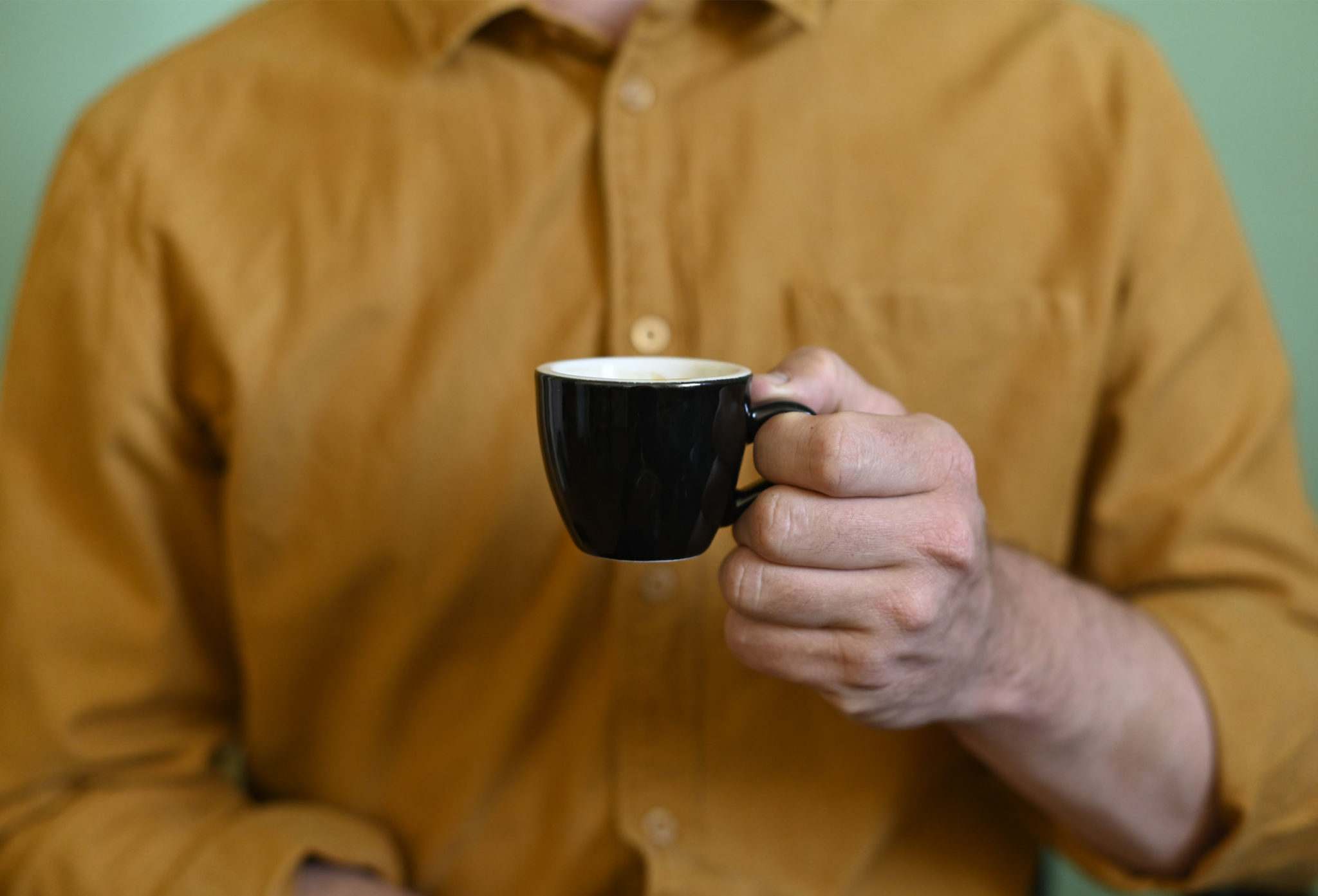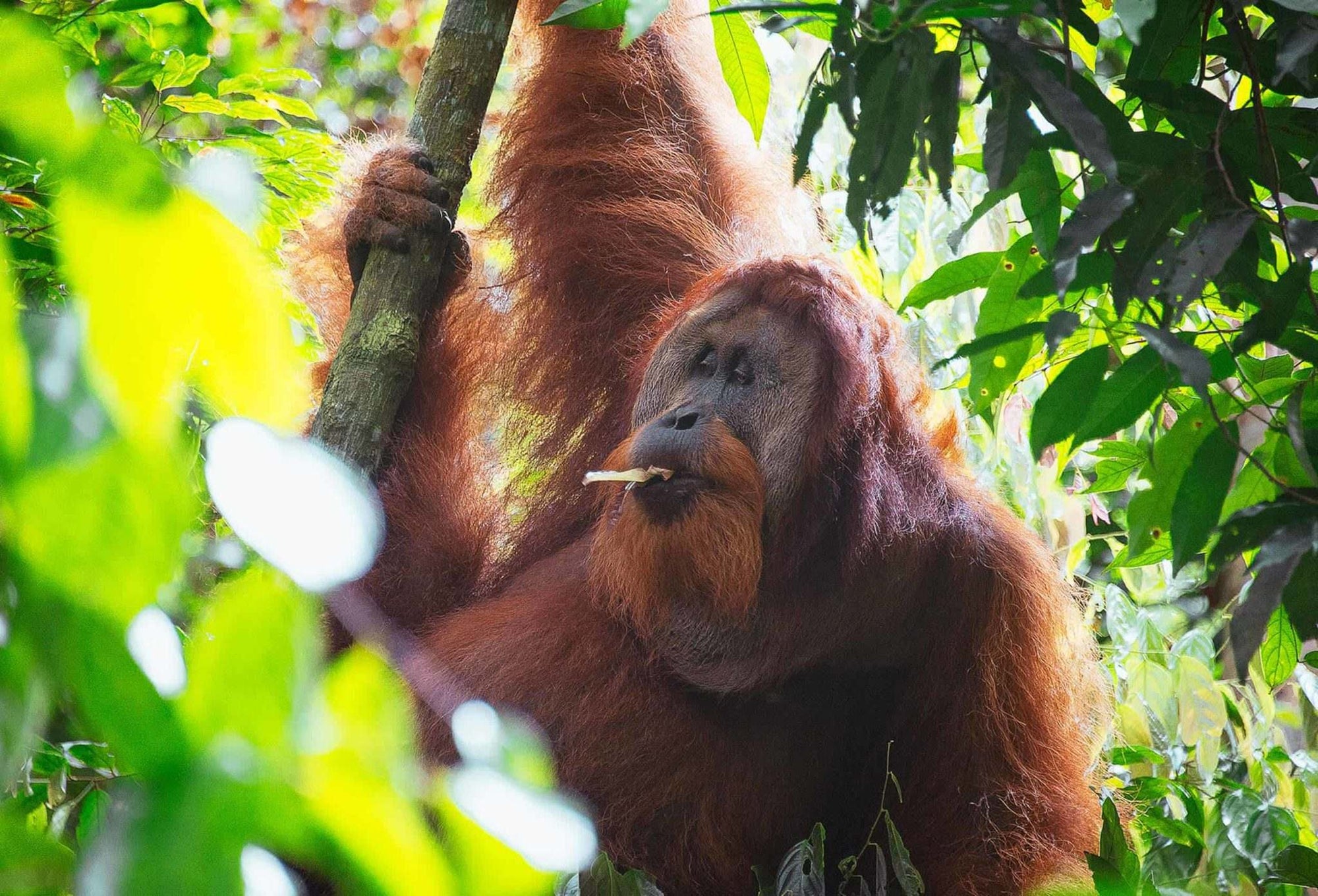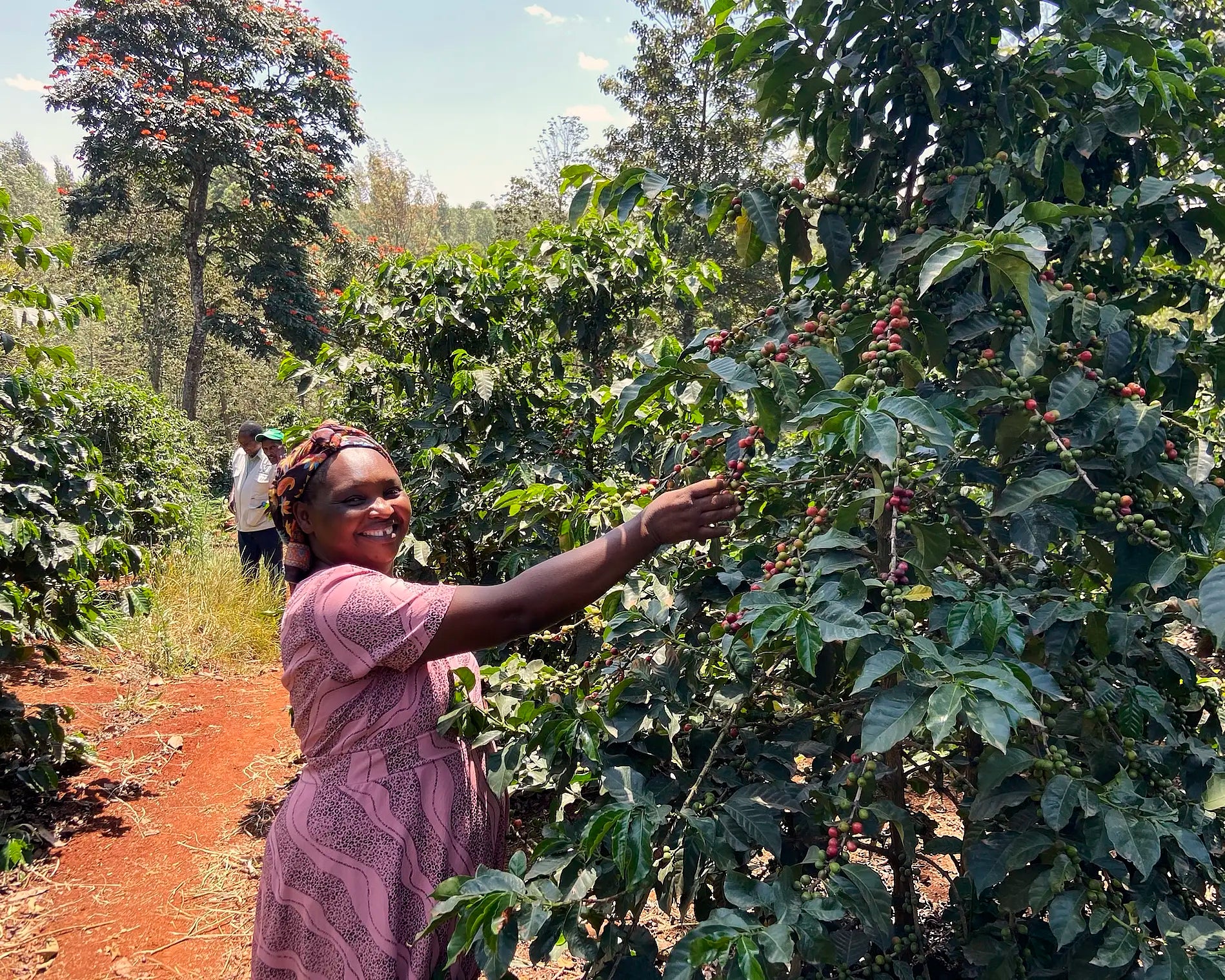How do you evaluate the quality of an espresso?
Espresso is a wonderful thing with its intense taste that people either love or hate. But how do you evaluate its quality? This post is not about us telling you what a great espresso is. We want to enable you to discover and develop your own opinion by explaining how we approach the topic. 
Put your personal preferences aside
Espresso is a dense, concentrated drink that’s brewed under pressure in around half a minute. It’s precisely this density that makes this particular coffee extraction and the evaluation thereof so difficult. While we can turn to widely used frameworks to assess the quality of green coffee (What is a Q-Grader?), there is no standardized procedure to evaluate the quality of an espresso. At ViCAFE we have to evaluate espressos professionally and therefore as objectively as possible. This requires a lot of training and calibration. The following six factors are key to evaluating an espresso:
Crema Body (mouth feel)
Sweetness, acidity, bitterness
Flavours
Aftertaste
Balance
Hausmischung
As an example, we can take a closer look at the ViCAFE Hausmischung. We pay attention to both the intensity and the quality of the different parameters. At the same time, we have a very specific target profile in mind: A creamy body, plenty of sweetness, a pleasant, fine acidity and a lingering aftertaste. Slightly bitter chocolate notes are also desirable. Ultimately, these parameters should harmonise with each other and result in a balanced cup. Then we have achieved our goal. 
What Crema Says About the Coffee
We also examine the crema. On the one hand, the crema gives you some information about the coffee extraction (over- and under-extraction), and on the other hand it says something about the age and degree of roasting of the coffee. The older the roasted coffee, the less carbon dioxide there is and the thinner the crema. In addition, the darker the coffee was roasted, the thicker the crema. The crema does not tell us anything about the intrinsic quality of the coffee itself. For example, a coffee of poor quality can be dark and freshly roasted offering a very thick crema, but it still tastes awful. 
If you like it, you like it
Espresso is a complex beverage. Nevertheless, our personal preferences vary widely. At the same time, our five senses are very sensitive to other impulses, which could also have an impact on the coffee experience. Therefore, there is nothing like the “best” espresso, nor has anyone the authority to tell us how we should prepare or enjoy the perfect espresso.
The mise en place is key: Clean and maintain your grinder and your portafilter regularly. Getting the water just right is the icing on the cake. If all these factors are in place, you’ll be off to a great start and be ready to deal with the different parameters of the coffee extraction itself. Now, you can start testing. It’s essential to be systematic and understand how the parameters affect the cup profile. 
And Now?
We explain the different parameters of the coffee extraction in our Brewing Guide. For those of you who dive deeper, we recommend the book The Professional Barista Handbook by Scott Rao. Have fun testing, testing, testing different coffees from different countries and different roasters. You will be surprised at how espressos can differ.



